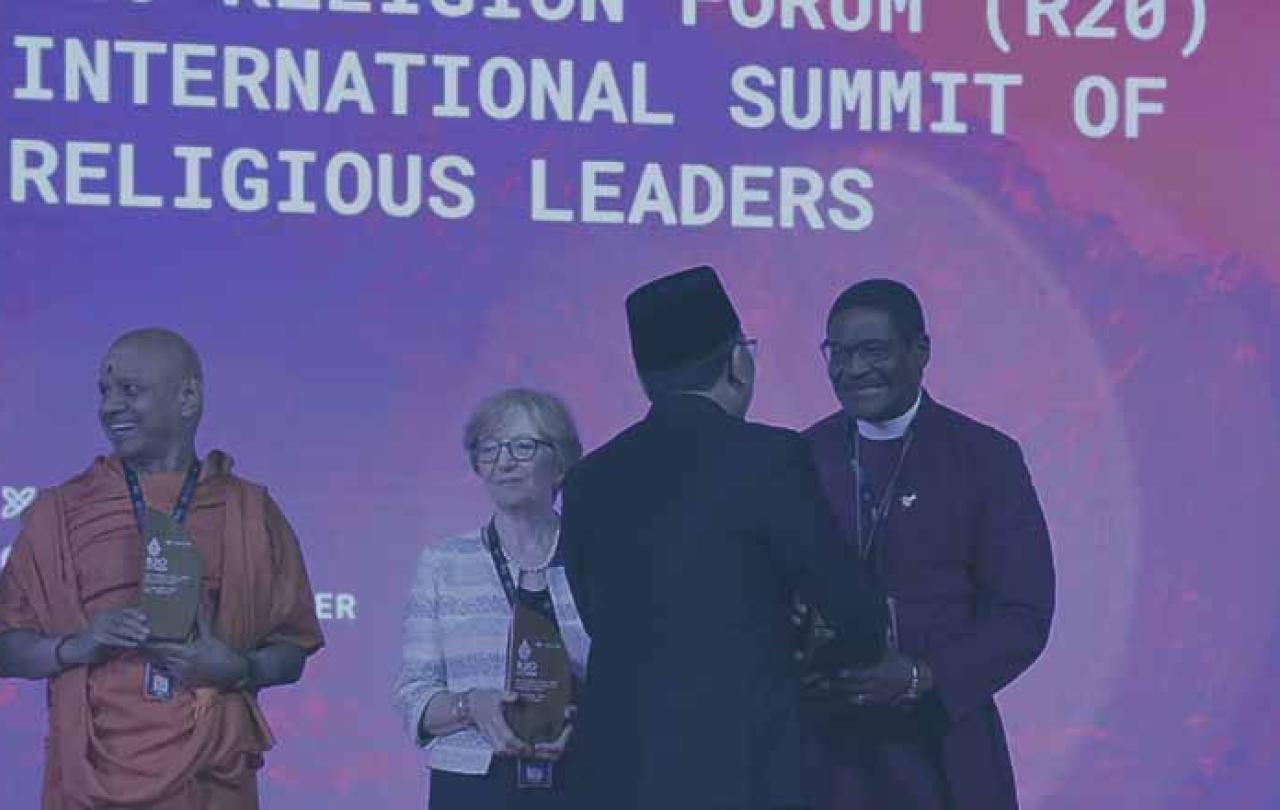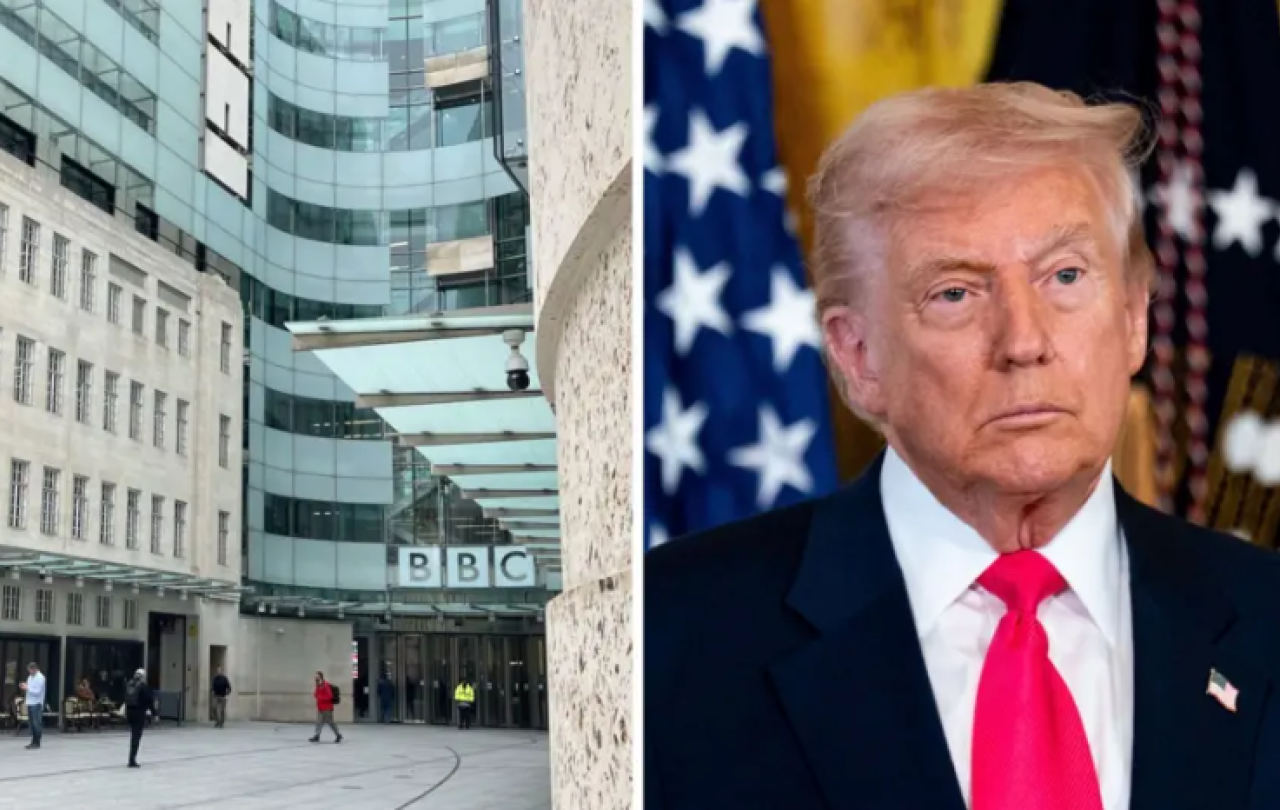
God is dead,' wrote Friedrich Nietzsche in 1882, in an effort to argue that every European imagination, community, and enterprise developed by faith in the Christian God would inevitably degenerate relative to Europe's dwindling commitment to belief in the former. Nietzsche's argument preceded the once popular secularisation thesis. The view that societies would increasingly adopt non-religious values and institutions as they modernise influenced global development discourse in the 20th century following World War II.
However, in 2023, a year that marks more than 140 years since Nietzsche first popularised the atheistical three-word phrase ‘God is dead’, anyone familiar with the mechanics and forces driving the modern global development project would point out that faith-aligned actors play a pivotal, and even in some cases, unrivalled role. These actors promote growth, progress, and development globally, especially in the Global South.
Albeit, Nietzsche once argued that Europe's declining belief in the Christian God signaled God's death, the fact that at least 85% of the world's over eight billion people claim some form of faith. Couple that with the reality that faith actors deliver the majority of local development services in many regions across the globe, and the suggestions is that God has risen from the grave and traded European burial clothes for globalised vocational attire. Far from being dead, God is alive and more engaged in developing the earth than ever before.
Aside from state and private-sector investment, since the second half of the 20th century, the faith sector, comprised of thousands of actors, has become increasingly responsible for developing the modern world. A recent study on faith-aligned impact investment, completed by researchers at Oxford University's Said Business School, showed that four of the world's most influential religious groups (Christianity, Islam, Dharmic, and Judaism) collectively hold at least $5 trillion in net assets. The study linked this $5 trillion in assets to faith-aligned investment in addressing social and climate-oriented challenges globally.
The study, which analysed over 360 distinctive organisations, attributed over $260 billion to Christian-aligned capital. Given the difficulty of securing accurate data on the total assets and capital held by the world's many thousands of churches and Christian organisations, it should be acknowledged that this estimate sits far below the real net assets in Christendom that have been invested into global development. However, a key takeaway from this study is that Christian-aligned capital remains a game-changing force in the global development sector. After all, those organisations serve the approximately 2.4bn Christians alive today.
'The R20's mission was grand but straightforward: fill the gap in world leadership that stresses politics and economics rather than faith and spirituality.'
In November 2022, two weeks before the G20 summit in Bali which brought together the leaders of the 20 countries with the world's biggest economies, another gathering took place in Indonesia that attracted less publicity. For the first time ever, the R20 (the G20 Religious Forum) united leaders from the major religions of the G20 countries whose heads of state would flock to Bali a few weeks later. The R20's mission was grand but straightforward: fill the gap in world leadership that stresses politics and economics rather than faith and spirituality as resources to provide solutions to pressing global challenges.
One of the R20's more high profile speakers was Archbishop Henry Ndukuba, who currently serves as Anglican Primate for the Church of Nigeria. In his speech, Ndukuba cited the violent persecution of Christians and liberal Muslims in the majority Muslim region of Northern Nigeria. The R20's goal of elevating faith and spirituality in the hierarchy of resources that can be enlisted to engage with global issues should be viewed as noble. However, in practice, the concept of the world's major faith communities petitioning global peace and development stakeholders to be recognised as legitimate contributors to the sacred project of redeeming the brokenness of the world reeks of obsequious servility.
Moreover, this unequal power relation fatefully overlooks the substantial contributions to peace and development made every day across the world by faith actors. Many of the world's major faith traditions share the vision of developing the world into a place devoid of disease, poverty, and suffering. The global faith and spirituality sector is truly not without its imperfections, but for centuries this multi-faith comity has invested immense resources into making earth look more like heaven. It does so by leveraging faith as a conduit to gather assets that aid in the deeply holy process of chiseling away at the degenerative evils and satanic forces plaguing the world until all that remains is the latter's Edenic base.
The time has come for the world's faith actors to stop begging secular state actors to recognise them as stakeholders committed to promoting global peace and development. Getting on with the heavenly work of building God's cosmos, in anticipation of the New Creation, requires faith that God will provide the right people, ideas, and resources and that secular state actors should be viewed as partners instead of patrons in this divine enterprise.
'The work we do in the present, then, gains its full significance from the eventual design in which it is meant to belong.'
Secular state actors should better understand what is driving those faith actors and the desire to balance the partnership. In his influential book Surprised by Hope, NT Wright argues that continuities will exist between Christian work completed in service to God in the present age and the eternal life that God's people will enjoy in the New Creation. Wright reasons,
'The work we do in the present, then, gains its full significance from the eventual design in which it is meant to belong. Applied to the mission of the church, this means that we must work in the present for the advance signs of that eventual state of affairs when God is ‘all in all’, when his kingdom has come and his will is done ‘on earth as in heaven’.'
Every day a faith actor funds a school, hospital, or social development project somewhere in the world. They see these projects function in God's ongoing programme of redeeming the world by means of the intellects and imaginations of themselves and those who benefit. In their eyes, all are made in God's own image. In a world where they see sin's footprints manifest by way of suffering, violence, and destruction, every actor inspired by the faith in their heart to challenge the existence of the former should recognise that the impulse to build a better world is a nudge from heaven foreshadowing the New Eden to come.





